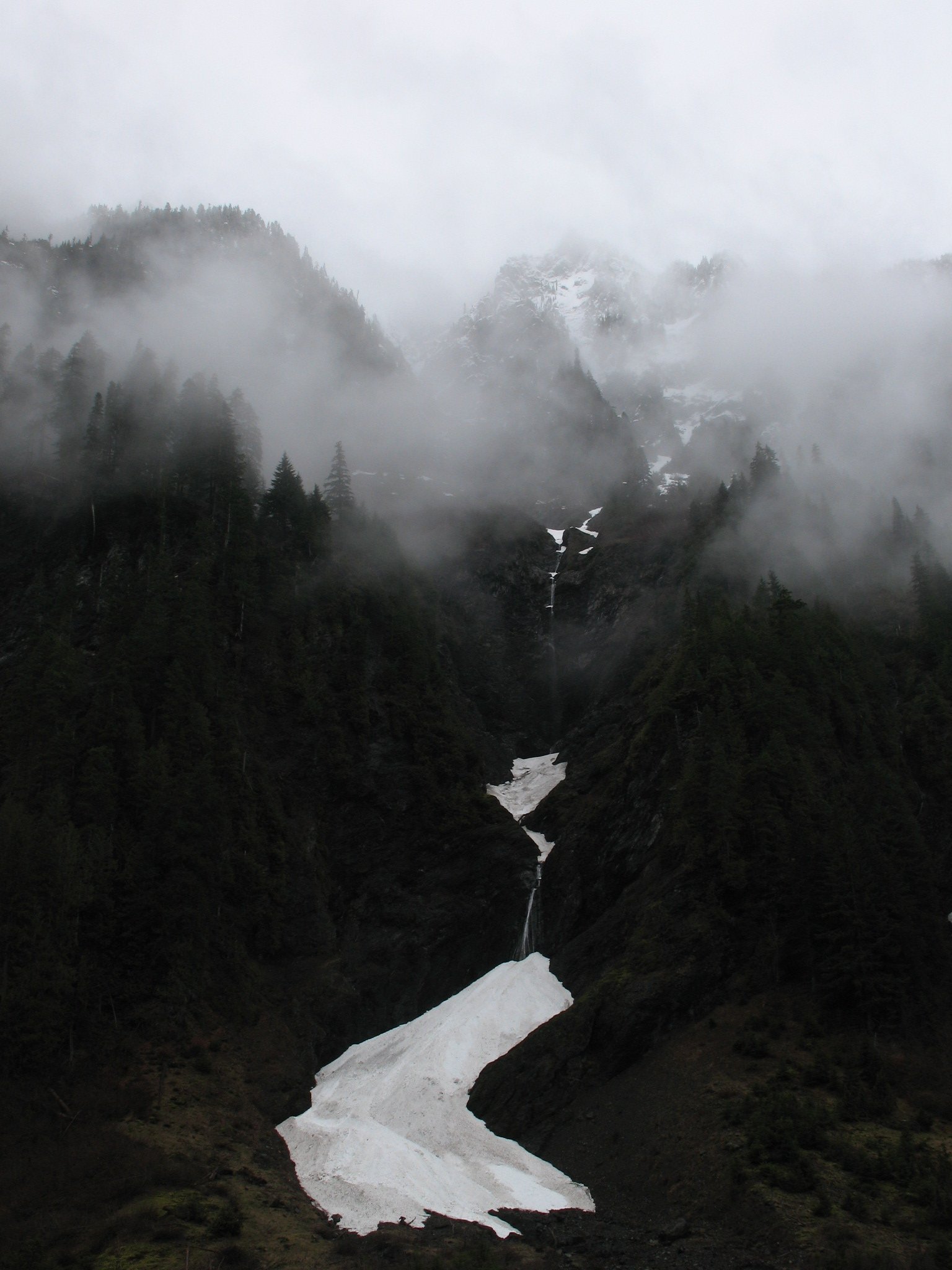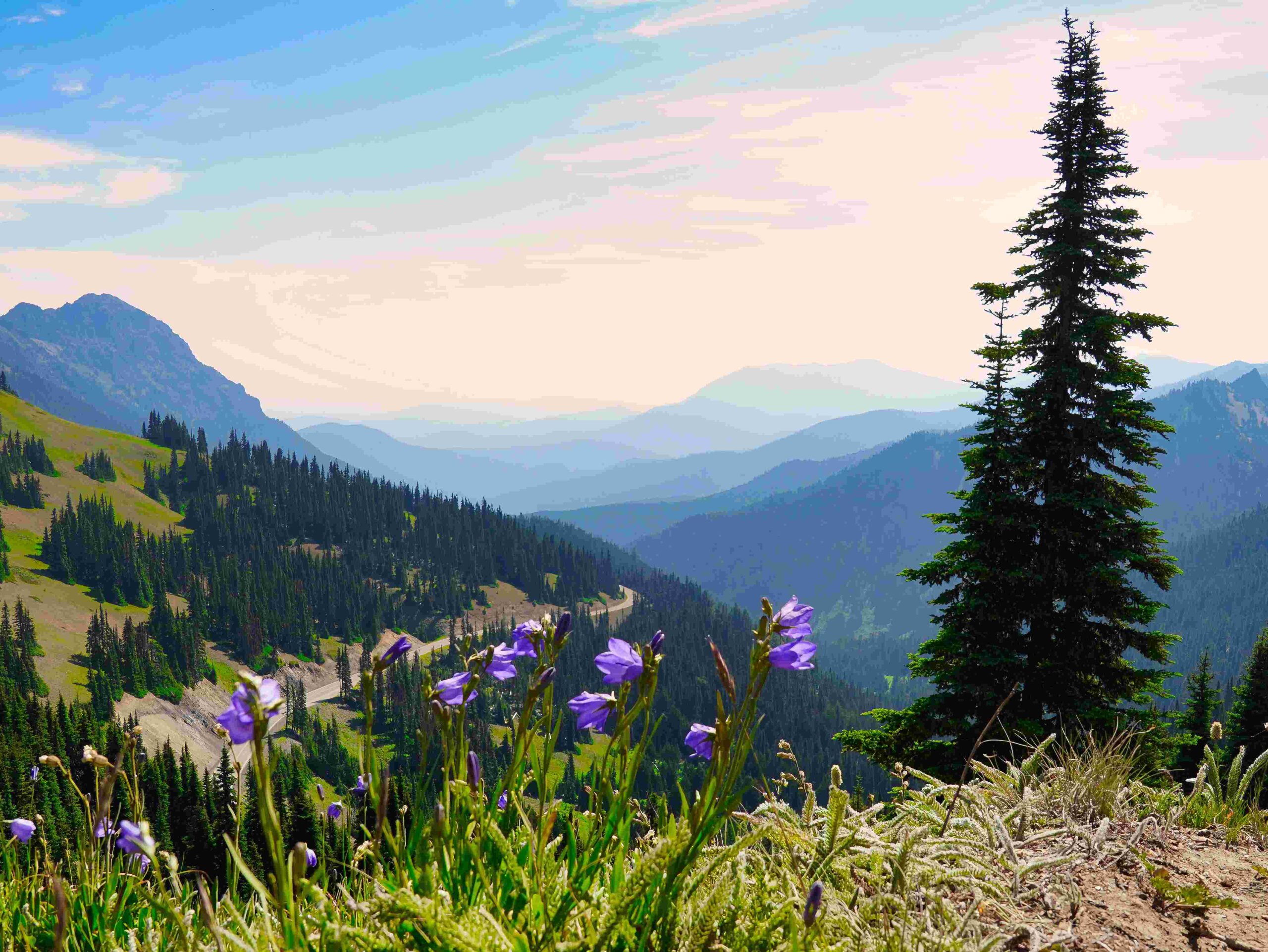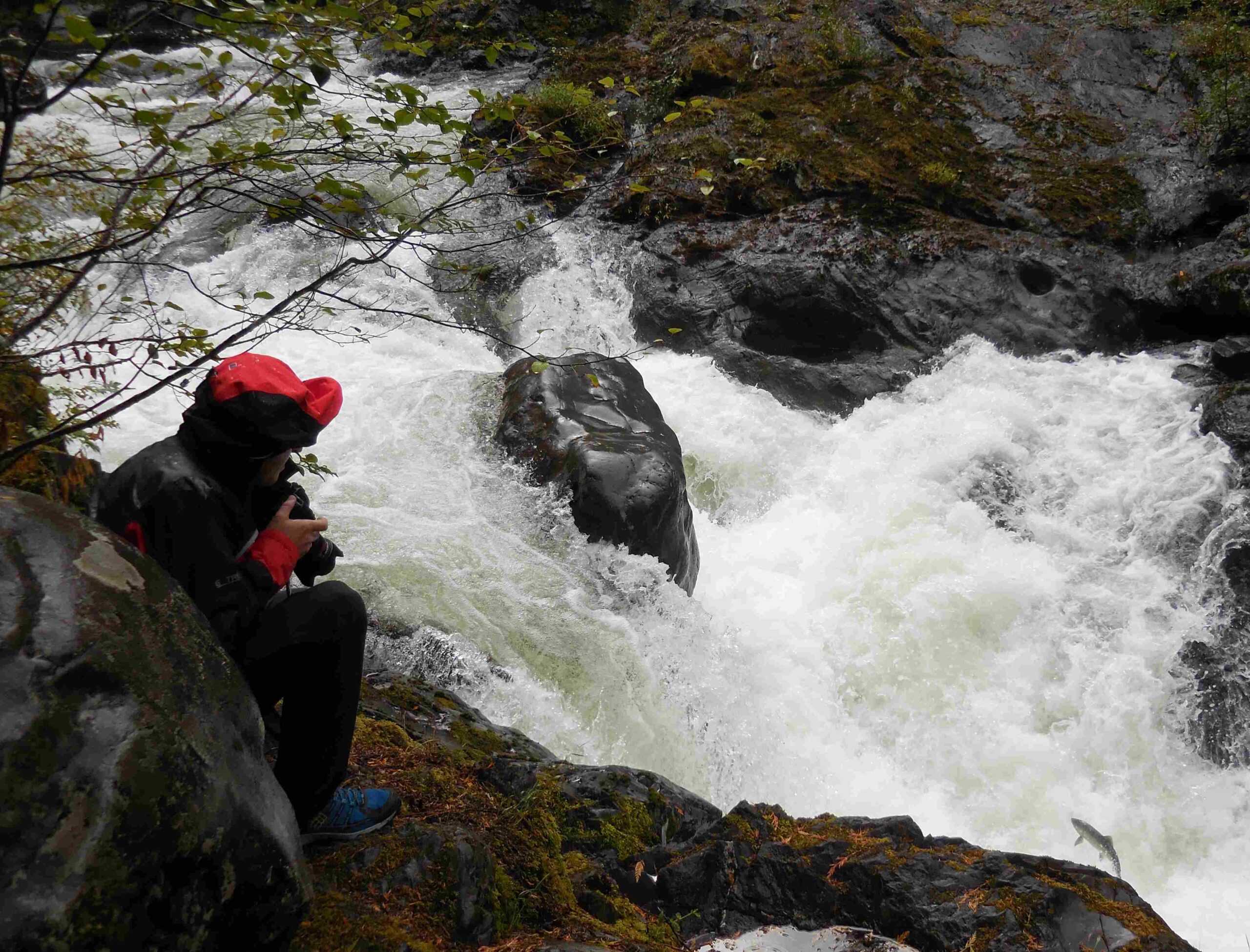Olympic National Park’s Rugged Ridge offers a challenging and rewarding wilderness experience. This remote area features primitive trails, diverse wildlife, and stunning geological formations. Hikers can explore the Snider-Jackson Primitive Trail, formerly known as the Rugged Ridge Trail, which traverses through dense forests and along high ridges. The area provides opportunities for wildlife viewing, including mountain goats and black bears, while showcasing the park’s unique geological history shaped by tectonic activity and glaciation.
What is the Significance of Rugged Ridge in Olympic National Park?

Rugged Ridge is a testament to the raw, untamed beauty of Olympic National Park. It represents one of the more challenging and less-traveled areas of the park, offering adventurers a true wilderness experience. The ridge is characterized by its:
- Primitive trails
- Diverse ecosystems
- Panoramic views of the Olympic Mountains
- Rich wildlife habitats
- Unique geological features
This area embodies the essence of Olympic National Park’s wilderness, providing visitors with an opportunity to experience nature in its most pristine form.
What Hiking Trails Can Be Found on Rugged Ridge?

Snider-Jackson Primitive Trail
The Snider-Jackson Primitive Trail, formerly known as the Rugged Ridge Trail, is the primary route through this area. Here are the key details:
- Length: Variable, part of a larger traverse
- Difficulty: Difficult
- Terrain: Rugged, primitive
- Features: Forests, ridges, valleys
- Views: Scenic vistas of surrounding wilderness
High Ridge Nature Trail to Switchback Trail Junction
This trail offers a challenging but rewarding hike:
- Length: Approximately 2.8 miles to the junction
- Elevation: 5,300 feet to 5,100 feet
- Difficulty: Moderate to difficult
- Features: Part of the High Divide area
- Views: Surrounding mountains and valleys
What Views Can Be Expected from Rugged Ridge?
Rugged Ridge offers some of the most spectacular views in Olympic National Park:
- Panoramic vistas of the Olympic Mountains
- Sweeping views of surrounding valleys and forests
- High ridge and mountain peak viewpoints
Best Times for Viewing and Photography
- Early Morning: Soft, golden light for photography
- Late Afternoon: Ideal for capturing sunset views
- Clear Summer Days: Best visibility and most spectacular views
| Time of Day | Lighting Conditions | Best For |
|---|---|---|
| Early Morning | Soft, golden light | Photography, wildlife viewing |
| Midday | Bright, harsh light | Clear visibility of distant peaks |
| Late Afternoon | Warm, golden hour | Sunset photography, dramatic shadows |
What Wildlife Can Be Observed on Rugged Ridge?
Rugged Ridge is home to a diverse array of wildlife:
Common Species
- Mountain Goats
- Black Bears
- Marmots
- Various Bird Species (eagles, hawks, sparrows)
Habitats and Behaviors
- Mountain Goats: Found in higher elevations, grazing in alpine meadows during summer
- Black Bears: Active in spring and summer, inhabiting forests and meadows
- Marmots: Seen in rocky outcroppings and alpine meadows during summer months
Wildlife Viewing Guidelines
- Maintain a safe distance from all wildlife
- Make noise while hiking to avoid surprising animals
- Follow park regulations for food storage and disposal
What Are the Geological Features of Rugged Ridge?
Rugged Ridge showcases the complex geological history of Olympic National Park:
Rock Types
- Sedimentary rocks (sandstone, shale)
- Metamorphic rocks (gneiss)
- Granitic intrusions
- Volcanic rocks in some areas
Geological Formation
- Tectonic uplift
- Volcanic activity
- Glacial carving
The unique combination of these geological processes has resulted in the distinctive landscape of Rugged Ridge, characterized by:
- Sharp ridgelines
- Deep valleys
- Exposed rock formations
- Glacial features (cirques, moraines)
How Can Visitors Prepare for a Trip to Rugged Ridge?
Preparing for a trip to Rugged Ridge requires careful planning:
- Physical Preparation:
- Engage in cardiovascular and strength training
-
Practice hiking on varied terrain
-
Gear Checklist:
- Sturdy hiking boots
- Weather-appropriate clothing (layers)
- Navigation tools (map, compass, GPS)
- First aid kit
-
Emergency shelter
-
Safety Precautions:
- Inform someone of your hiking plans
- Carry sufficient water and food
-
Be prepared for sudden weather changes
-
Park Regulations:
- Obtain necessary permits
- Follow Leave No Trace principles
- Adhere to wildlife viewing guidelines
What is the Best Time of Year to Visit Rugged Ridge?
The best time to visit Rugged Ridge depends on your preferences and experience level:
| Season | Conditions | Best For |
|---|---|---|
| Summer (July-September) | Mild weather, clear trails | Hiking, wildlife viewing, photography |
| Fall (September-October) | Cooler temperatures, fall colors | Scenic views, fewer crowds |
| Winter (November-March) | Snow-covered, challenging conditions | Experienced winter hikers, snowshoeing |
| Spring (April-June) | Wet conditions, wildflowers | Waterfall views, early season hiking |
Summer offers the most accessible conditions for most hikers, with clear trails and mild weather. However, each season presents unique opportunities for those prepared for the conditions.
How Does Rugged Ridge Contribute to Olympic National Park’s Ecosystem?
Rugged Ridge plays a crucial role in the Olympic National Park ecosystem:
- Biodiversity Hotspot: Supports a variety of plant and animal species
- Water Source: Contributes to the park’s watershed
- Climate Regulation: Forests act as carbon sinks
- Natural Laboratory: Provides opportunities for scientific research
- Wilderness Preservation: Maintains a pristine natural environment
The area’s rugged terrain and limited access help preserve its ecological integrity, making it an important refuge for wildlife and a valuable resource for studying natural processes.
Olympic National Park’s Rugged Ridge offers a challenging and rewarding wilderness experience for those seeking to explore one of the park’s most pristine areas. From its diverse wildlife to its stunning geological features, Rugged Ridge embodies the raw beauty and ecological importance of Olympic National Park. Visitors who venture into this area are rewarded with unparalleled views, encounters with nature, and a true sense of wilderness adventure.
References:
1. Snider-Jackson Traverse – Washington Trails Association
2. Trail Conditions – Olympic National Park (U.S. National Park Service)
3. Hiking – Olympic National Park (U.S. National Park Service)

